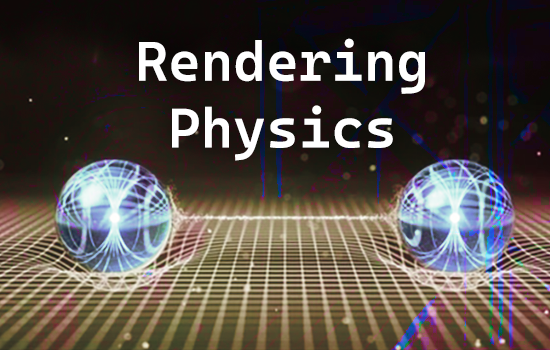Apex and Physics
Apex Engine and Physics Engines:
Integration and Applications
At TGS Tech, we’re excited about the opportunities ahead as we decide between building an in-house physics engine for Apex Engine or licensing a third-party solution. With our extensive experience in developing and working with physics engines, we understand the unique benefits and challenges each path offers.
Both options offer unique benefits and potential challenges that will shape the performance, flexibility, and future development of our platform. This decision will shape the performance, flexibility, and future development of Apex Engine, reflecting our commitment to delivering a cutting-edge experience that balances innovation, reliability, and customization. Our goal is to ensure that Apex Engine continues to push the boundaries of what’s possible in interactive applications.
This decision making process reflects our commitment to delivering a cutting-edge experience with Apex Engine, ensuring the best possible balance of innovation, reliability, and customization.
Third-Party Physics Engines
Licensing a third-party physics engine, whether proprietary or open source, can be a compelling option. Proprietary engines offer sophisticated features and tools developed by experienced teams, allowing us to integrate advanced functionalities without the need for extensive in-house development. These engines often come with robust support, regular updates, and comprehensive documentation, which are invaluable for maintaining stability and quickly troubleshooting issues. Additionally, proprietary engines are typically designed to work seamlessly with other third-party tools, reducing complexity in our development pipeline.
However, the cost of licensing can be high, especially for a platform like Apex Engine that aims to scale across multiple projects and industries. Additionally, proprietary engines often limit the extent to which we can modify or extend the engine, potentially restricting our ability to innovate or tailor the platform to our specific needs. There's also a risk in becoming dependent on a vendor’s roadmap and continued support, which could pose challenges if the vendor changes direction.
Open-source engines offer a different set of benefits, particularly in terms of flexibility and cost-effectiveness. With an open-source solution, we can customize the codebase to suit our specific needs, giving us more control over the engine’s capabilities. Open-source engines are generally free to use, which can be a significant budgetary advantage. Furthermore, the open-source community often contributes plugins, enhancements, and support, fostering continuous improvement.
However, open-source engines may lack official support, placing the burden of troubleshooting and maintenance on our team. The quality of open-source engines can also vary, with some lacking the polish and features of commercial options. Maintaining and extending an open-source engine can be resource-intensive, requiring significant internal expertise and effort.
Building an In-House Physics Engine
At TGS Tech, we’re currently designing a custom in-house physics engine specifically for Apex Engine. This approach gives us complete control over features, optimizations, and customizations, allowing us to tailor the engine to the unique needs of our platform. By building the engine from the ground up, we can address the specific challenges and opportunities that Apex Engine presents, ensuring seamless integration and peak performance. Additionally, developing in-house eliminates the ongoing costs associated with licensing third-party engines, making it a more sustainable option as we scale.
However, building an in-house physics engine is resource-intensive, requiring a significant investment of time, money, and expertise. This could potentially delay other aspects of Apex Engine’s development. Once the engine is built, our team will be responsible for its ongoing maintenance, updates, and troubleshooting, which requires a long-term commitment. Moreover, developing a physics engine involves a steep learning curve, particularly if our team lacks prior experience in this area, which could slow down the initial development process.
Applications and Future Prospects
Our in-house physics engine will play a pivotal role in various applications within Apex Engine. It will inform the rendering processes by simulating real-world physical interactions, ensuring that movements, collisions, and lighting are both visually and physically accurate. The engine will handle collision detection, managing when and how objects interact within the virtual environment. Bounding boxes, which define the space occupied by objects, will be managed by the physics engine to optimize these interactions and contribute to smoother gameplay and simulations.
A unique aspect of our physics engine is its role in audio simulation, enhancing the auditory experience to match the visual realism. By simulating sound wave interactions with objects and environments, we can create more immersive audio experiences within the platform.
Our physics engine will enhance various applications across different domains, including gaming, simulations, educational tools, and digital twins. It will allow for realistic movements and dynamic environments in games, high accuracy in simulations, interactive learning experiences in educational games, and accurate virtual replicas of physical systems in digital twins.
As we continue to develop this engine, we’re also looking to the future. By leveraging NVIDIA’s AI-optimized cloud services, we aim to integrate advanced AI-driven simulations, real-time rendering, and scalability into Apex Engine. This will ensure that our platform remains at the forefront of 3D interactive application development, offering unmatched performance and realism for a wide range of applications.
